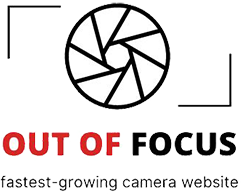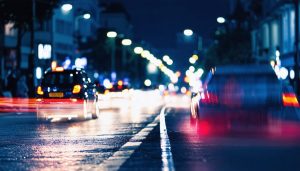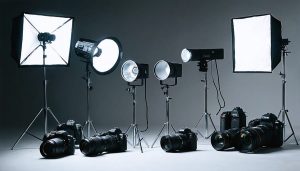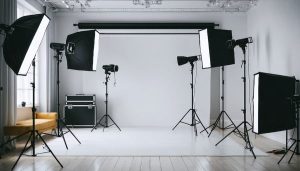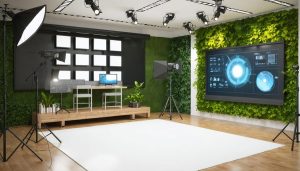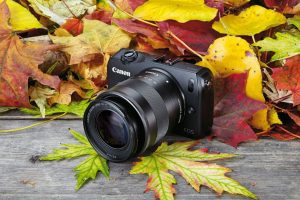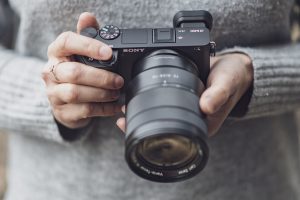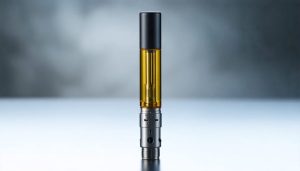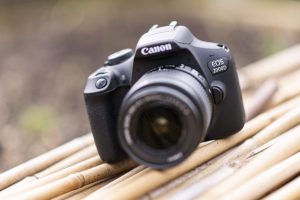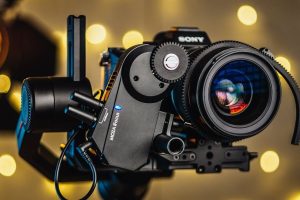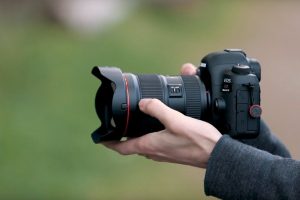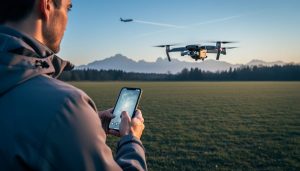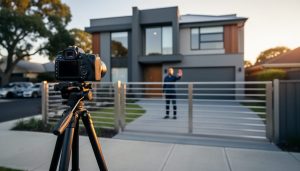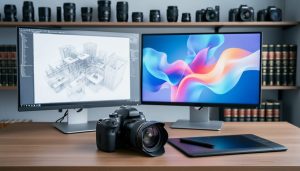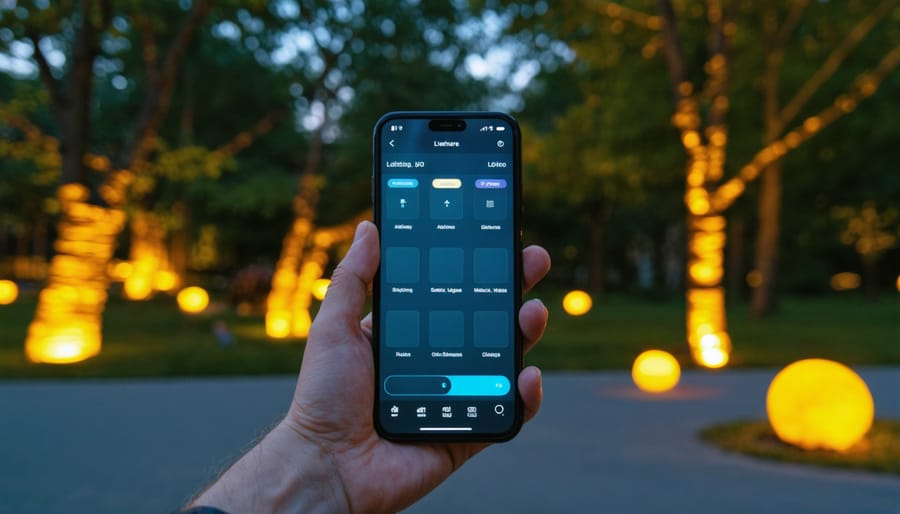
Transform your outdoor photography with smartphone-controlled lighting systems that put professional-grade illumination control at your fingertips. Gone are the days of manually adjusting each light fixture or rushing to beat the sunset – today’s wireless lighting technology enables photographers to craft perfect exposures from their mobile devices with unprecedented precision and convenience.
Modern phone-controlled outdoor lighting systems combine powerful LED fixtures, robust wireless connectivity, and intuitive apps to create a seamless shooting experience. Whether you’re capturing architectural exteriors, nighttime landscapes, or environmental portraits, these systems allow real-time adjustments to intensity, color temperature, and lighting patterns without leaving your camera position.
The integration of smart lighting control revolutionizes both creative possibilities and workflow efficiency. Photographers can now pre-program complex lighting sequences, respond instantly to changing conditions, and fine-tune multiple lights simultaneously – all through their smartphone’s interface. This technological advancement not only enhances image quality but also opens new creative avenues for photographers willing to embrace the future of lighting control.
For professionals and enthusiasts alike, mastering phone-controlled lighting systems represents the next evolution in outdoor photography, offering unprecedented control and creative freedom in any location or lighting scenario.
Why Phone-Controlled Outdoor Lighting Matters for Photographers
Creative Control at Your Fingertips
Imagine having a virtual dimmer switch and color wheel right in your pocket. With phone-controlled outdoor lighting, you can transform your photoshoot environment in real-time with just a few taps. Need to adjust the intensity of your backyard spotlights while shooting a twilight portrait? Simply slide your finger across your phone screen. Want to create a dramatic mood by switching from warm to cool tones? A quick color adjustment is all it takes.
These systems offer unprecedented flexibility for photographers. You can save multiple lighting presets for different scenarios, making it easy to switch between setups. For instance, save one configuration for architectural shots that emphasizes structural details, and another for intimate garden parties with softer, more ambient lighting.
The real magic happens when you start experimenting with dynamic lighting changes. Create subtle lighting transitions for video shoots, coordinate multiple lights for complex scenes, or quickly respond to changing natural light conditions. Many apps even allow you to schedule lighting changes, perfect for time-lapse photography or ensuring your exterior shots are always optimally lit at specific times of day.
Distance and Safety Advantages
Controlling outdoor lighting remotely through your phone isn’t just about convenience – it’s a game-changer for safety and accessibility in challenging shooting conditions. Imagine setting up lights on a steep hillside or positioning them near water features. Instead of repeatedly climbing up and down or risking wet feet, you can adjust your lighting setup from a safe distance.
This remote capability proves invaluable when working in difficult weather conditions. During storms or high winds, you can quickly power down or adjust lighting without exposing yourself to the elements. For wildlife photographers, maintaining distance from your lighting setup helps avoid disturbing your subjects while allowing precise control over the scene’s illumination.
The phone control feature also enables photographers to work more efficiently in large outdoor spaces. Rather than walking back and forth between multiple light setups, you can fine-tune each light’s output from a central position, saving time and energy while ensuring consistent results. This is particularly beneficial during time-sensitive shoots like sunsets or when working with limited windows of opportunity.
For night photography enthusiasts, the ability to control lights remotely eliminates the need to navigate dark areas repeatedly, reducing the risk of accidents while maintaining creative control over your lighting setup.
Essential Features in Phone-Controlled Lighting Systems
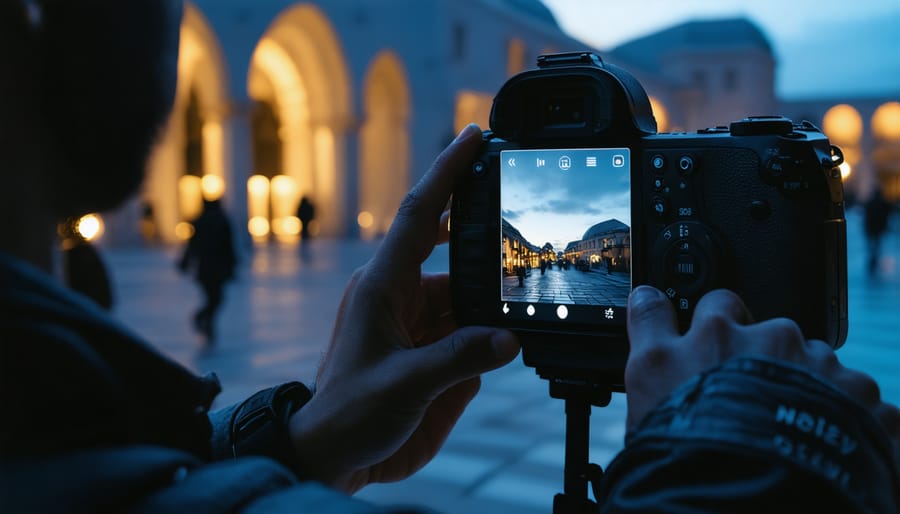
Brightness and Color Temperature Control
One of the most powerful features of phone-controlled outdoor lighting is the ability to fine-tune both brightness and color temperature with just a few taps. Modern smart lighting systems typically offer brightness control from 1% to 100%, giving you precise control over light intensity for any situation. Whether you need subtle ambient lighting for an evening gathering or maximum illumination for security purposes, adjusting the brightness is as simple as sliding your finger across your phone screen.
Color temperature control adds another dimension to your lighting setup, allowing you to shift between warm and cool tones (typically ranging from 2700K to 6500K). Warm whites (2700K-3000K) create a cozy, inviting atmosphere perfect for entertainment areas, while cooler temperatures (5000K-6500K) provide crisp, clear illumination ideal for security or task lighting.
Many apps also feature preset scenes that automatically adjust both brightness and color temperature for specific situations. For instance, “Evening Mode” might set lights to 40% brightness with warm tones, while “Security Mode” could maximize brightness with cooler temperatures. These presets can be customized to your preferences and activated with a single tap.
The ability to schedule these adjustments adds another layer of convenience. You can program your lights to gradually brighten at sunset or shift to warmer tones as the evening progresses, creating perfect lighting conditions without constant manual adjustments.
Group Control and Scene Settings
One of the most powerful features of phone-controlled outdoor lighting is the ability to manage multiple lights simultaneously and create custom scenes for different occasions. With most modern smart lighting apps, you can easily group lights by area or function, such as “front yard,” “backyard,” or “security lights.” This grouping capability allows you to control multiple fixtures with a single tap, saving time and ensuring consistent lighting across your outdoor space.
Creating and saving preset scenes takes your lighting control to the next level. For example, you might set up an “Evening Entertainment” scene that dims pathway lights to 50% while brightening your deck lights to create the perfect ambiance for outdoor gatherings. A “Security” scene could activate all perimeter lights at full brightness, while a “Movie Night” preset might dim specific zones to reduce glare on your outdoor screen.
Most apps allow you to schedule these scenes to activate automatically at specific times or trigger them based on events like sunset or motion detection. You can also fine-tune individual lights within groups, adjusting parameters like brightness, color temperature, and in some cases, even dynamic effects.
For photographers, this granular control is particularly valuable when setting up outdoor shoots. You can quickly switch between lighting configurations without physically adjusting each fixture, making it easier to experiment with different lighting compositions and achieve the perfect shot.
Setting Up Your Mobile Lighting System
Connection and App Setup
Getting your outdoor lighting connected to your phone is straightforward when you follow a systematic approach. First, ensure your smart wireless lighting systems are properly powered and within range of your home’s Wi-Fi network. Download the manufacturer’s recommended app from your device’s app store and create an account if required.
Most modern systems use Bluetooth for initial pairing. Enable Bluetooth on your phone and launch the app. The app should automatically detect nearby compatible devices. Select your lighting fixtures from the discovered devices list and follow the on-screen prompts to complete the connection.
If you encounter connectivity issues, try moving closer to the fixtures during setup or resetting them by turning the power off for 10 seconds. For systems requiring a hub, ensure it’s properly connected to your router and positioned centrally between your fixtures.
Common troubleshooting steps include:
– Checking Wi-Fi signal strength in the installation area
– Verifying firmware is up to date
– Confirming device compatibility
– Resetting network settings if needed
– Double-checking power connections
Remember to test each fixture individually before setting up automated schedules or grouped controls.
Creating Custom Lighting Profiles
Creating custom lighting profiles is like having a lighting assistant who remembers your exact preferences for every scenario. Most smart outdoor lighting apps allow you to save specific combinations of brightness levels, colors, and timing schedules as preset scenes or profiles.
Start by adjusting your lights to your desired settings. For example, you might create a “Movie Night” profile with pathway lights at 30% brightness and accent lights in a warm amber glow, or a “Security” profile with motion-activated flood lights at full brightness. Once you’re satisfied with the arrangement, tap the save or preset button (usually indicated by a star or bookmark icon) and give your profile a memorable name.
Many apps let you schedule these profiles to activate automatically. You could set your “Evening Entertainment” profile to trigger at sunset, then switch to your “Night Security” profile at midnight. Some advanced systems even allow you to link multiple profiles to create sophisticated lighting sequences.
Pro tip: Create separate profiles for different seasons, accounting for varying sunset times and outdoor activities. Keep your most-used profiles easily accessible by pinning them to your app’s homepage or quick-access menu.
Real-World Applications and Techniques
Location Portrait Photography
Location portrait photography takes on a new dimension when you can control your lighting setup with just a few taps on your phone. Whether you’re shooting in a park at golden hour or capturing nighttime portraits in an urban setting, phone-controlled lights offer unprecedented flexibility and creative control.
The ability to adjust light intensity and color temperature instantly through your phone means you can respond to changing conditions without breaking your connection with your subject. Imagine capturing a series of portraits as the sun sets – you can gradually increase your fill light to maintain perfect exposure without interrupting the flow of the session.
For environmental portraits, phone-controlled lights allow you to work more efficiently. Position your lights around the scene and make adjustments from your shooting position, eliminating the need to walk back and forth between lights. This is particularly valuable when working with time-sensitive situations or when maintaining a specific pose or expression is crucial.
These systems also excel in challenging lighting scenarios. When shooting backlit subjects, you can fine-tune your front fill light in real-time while viewing the results on your camera. Many photographers find this immediate feedback loop invaluable for achieving the perfect balance between ambient and artificial light.
Remember to test your wireless connection before critical shoots, as signal interference can occur in some locations. Having a backup control method is always wise, especially for professional assignments.
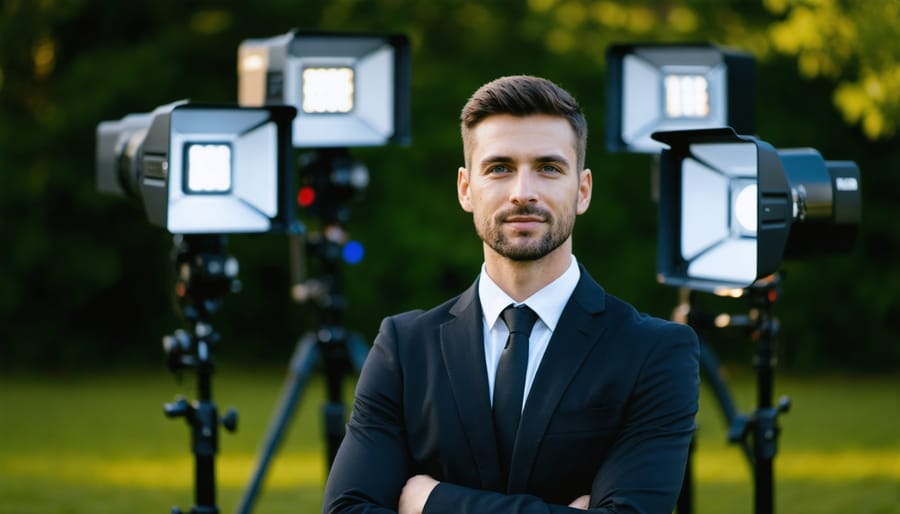
Landscape and Architecture
Phone-controlled outdoor lighting opens up exciting possibilities for landscape and architectural photography, transforming how we capture the built and natural environment after dark. By precisely controlling multiple light sources through your smartphone, you can create stunning visual narratives and highlight architectural details that might go unnoticed in traditional photography.
Using advanced light manipulation techniques, photographers can accentuate specific architectural features, create depth through layered lighting, or paint entire facades with color. Imagine illuminating a historic building’s intricate stonework while keeping its modern additions in subtle shadow, all adjusted in real-time through your phone.
For landscape photography, phone-controlled lighting enables you to balance artificial light with natural moonlight, creating ethereal scenes that blend the best of both worlds. You can position lights behind trees for dramatic silhouettes, illuminate rock formations from multiple angles, or create leading lines through strategic light placement – all while monitoring the effect through your camera’s live view.
The key to successful architectural and landscape lighting lies in experimentation. Start with a single light source and gradually build complexity as you become more comfortable with the technology. Remember that subtle adjustments in intensity and color temperature can dramatically impact the final image’s mood and composition.
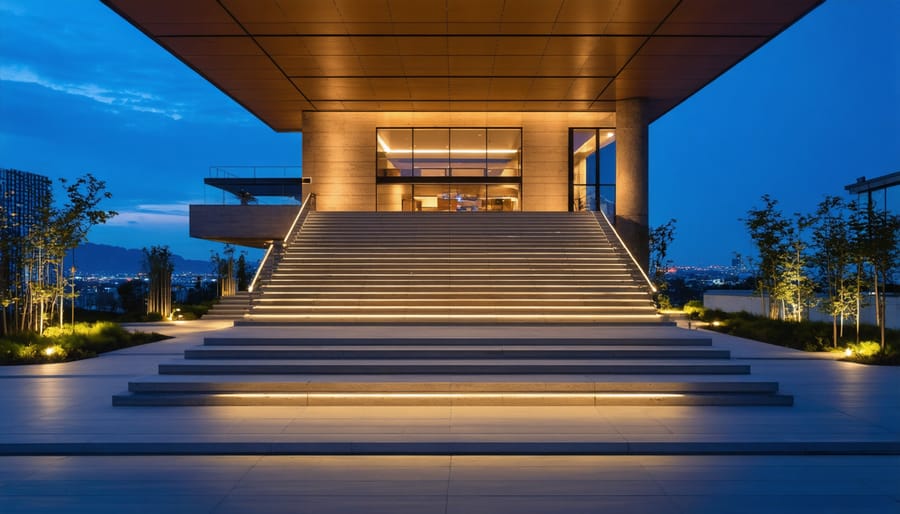
Event Photography
Event photography often demands precise control over multiple light sources, and phone-controlled lighting systems have revolutionized this aspect of the craft. Whether you’re shooting a wedding reception, corporate event, or outdoor festival, managing your lighting setup from your smartphone offers unprecedented flexibility and efficiency.
With app-controlled lighting systems, photographers can instantly adjust multiple lights without leaving their shooting position. This is particularly valuable for low light event photography, where quick adjustments can make the difference between capturing or missing crucial moments.
Modern lighting apps allow you to create and save lighting presets for different scenarios. For instance, you might have one preset for dance floor shots with dramatic rim lighting, another for formal group portraits with soft, even illumination, and a third for candid guest photos. Switching between these becomes as simple as tapping your phone screen.
The real game-changer is the ability to control multiple lights individually or in groups. You can adjust power output, color temperature, and even special effects like strobe or pulse patterns without running around your setup. This means more time focusing on composition and capturing moments, rather than fiddling with equipment.
As we’ve explored throughout this article, phone-controlled outdoor lighting has revolutionized the way photographers approach their craft. The ability to adjust, control, and fine-tune lighting setups directly from our smartphones has opened up unprecedented creative possibilities while simultaneously streamlining our workflow.
The impact on modern photography is profound. What once required multiple assistants and complex manual adjustments can now be achieved single-handedly with precise control at our fingertips. This technological advancement has democratized professional-quality lighting techniques, making them accessible to photographers at all skill levels.
Looking ahead, the future of phone-controlled lighting systems appears even more promising. As smart technology continues to evolve, we can anticipate more sophisticated features like AI-driven lighting suggestions, advanced weather adaptation, and seamless integration with other photography tools. The potential for automated scene recognition and instant lighting adjustments based on subject movement could transform how we capture dynamic outdoor scenes.
Moreover, the growing ecosystem of compatible devices and apps suggests we’re only scratching the surface of what’s possible. As manufacturers continue to innovate and develop new solutions, photographers will have access to increasingly powerful and intuitive lighting control systems.
Whether you’re a wedding photographer managing multiple reception areas or a landscape photographer capturing dawn’s first light, phone-controlled outdoor lighting has become an indispensable tool in modern photography, enabling us to focus more on creativity and less on technical manipulation.
